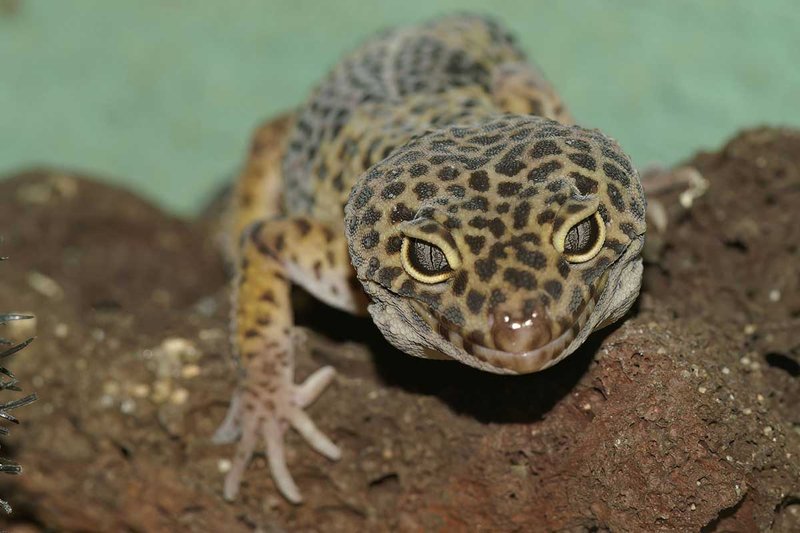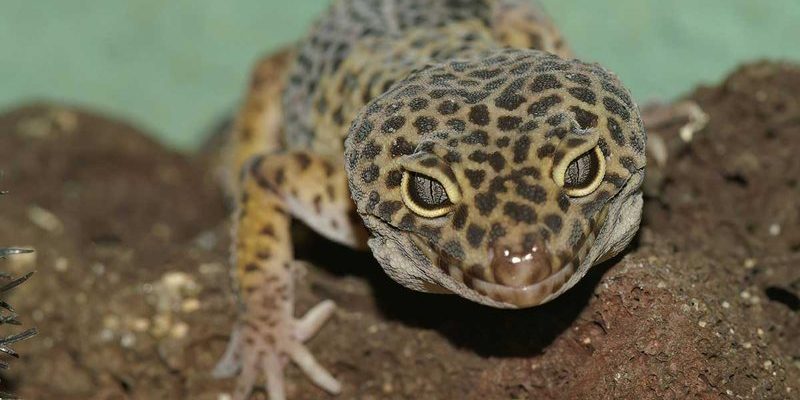
In their natural habitats, geckos provide crucial benefits, from pest control to serving as prey for larger animals. They come in many varieties, each adapted to their environment with incredible skills. Whether you’ve spotted a gecko lounging in your garden or watching one scurry along a tree branch, you might have wondered about their place in the world. In this article, we’ll explore the important role of the gecko, the varied environments they inhabit, and how these little lizards contribute to the balance of their ecosystems.
What Are Geckos?
Geckos are small to medium-sized lizards belonging to the family Gekkonidae, found in warm climates around the globe. With over 1,500 species, these creatures exhibit an incredible range of colors, shapes, and sizes. Some are tiny enough to fit comfortably in your palm, while others can grow up to 12 inches long! Their distinctive features often include large, bulging eyes and a soft, often bumpy texture to their skin.
You might find them in deserts, rainforests, or even your own backyard. Geckos have adapted to various habitats, showcasing their evolutionary success. Their ability to thrive in diverse environments means they can be found on every continent except Antarctica. This adaptability helps them navigate their surroundings, find food, and evade predators.
Geckos are also known for their vocalizations. Unlike many other lizards, they can produce sounds that range from clicks to chirps. These calls serve various purposes, such as attracting mates or marking territory. It’s like their own little language, a way to communicate in a world where they often rely on stealth and quick movements.
The Role of Geckos in Pest Control
One of the primary roles of geckos in their habitats is pest control. They are insectivores, which means they primarily eat insects. For many households, this is an advantage. Imagine a little lizard munching on ants, flies, or even mosquitoes. Not only does this help keep the number of pests down, but it also protects crops and gardens that might otherwise be damaged by these small invaders.
Geckos have incredibly flexible diets; they can eat a wide variety of bugs depending on availability. Some might prefer crickets, while others might snack on mealworms or spiders. When you think about it, geckos act like nature’s pest management system. By keeping some of the most common household pests in check, they help maintain a healthier environment for plants, animals, and us humans.
Additionally, the presence of geckos in an area can indicate a healthy ecosystem. A thriving gecko population suggests that there are plenty of insects available for them to eat. So, if you see these little critters around your home, it’s a sign that nature is working its magic to keep things in balance.
Geckos as Prey in the Food Chain
In nature, everything is interconnected. Geckos don’t just impact their habitats as predators; they are also significant prey for larger animals. Birds, snakes, and even some mammals feed on geckos, making them an essential part of the food chain. Without them, predators would struggle to find food, which could lead to larger issues in the ecosystem.
Let’s think of geckos as the middle tier in a food web. They help control insect populations, and in turn, they provide sustenance for predators. This cycle contributes to the overall balance of their habitats. It’s a classic example of “what goes around comes around.”
Moreover, geckos often employ various strategies to avoid becoming a meal themselves. Some can drop their tails when threatened, allowing them to escape while their tail continues to wiggle, distracting predators. Others use their coloring and patterns for camouflage, blending in with their surroundings to avoid detection. It’s a clever survival tactic that highlights their role in the ecosystem.
Gecko Adaptations for Survival
Geckos have developed several unique adaptations that help them thrive in their specific environments. One of the most impressive features is their ability to climb smooth surfaces, even glass! This skill comes from tiny hair-like structures on their toes called setae. These allow geckos to adhere to surfaces without the need for sticky pads or claws.
This climbing ability is essential for finding food, evading predators, and seeking shelter. It’s like having a built-in personal elevator that lets them access places other creatures can’t reach. You might see them hanging out in trees, under leaves, or on walls, where they can hunt for insects or find a safe place to rest.
Another fascinating adaptation is their varied coloration. Depending on the species, geckos may have vibrant colors or patterns that aid in camouflage. Brightly colored geckos can serve as warnings to potential predators, signaling that they might be toxic or unpalatable. In contrast, those that blend in with their environment can avoid detection. This ability to adapt to various habitats and threats speaks volumes about their resilience and evolutionary success.
Habitat Diversity and Conservation
Geckos inhabit a wide range of ecosystems, from tropical rainforests to arid deserts. Each species has specific habitat preferences that have shaped their evolutionary traits. For example, tree-dwelling geckos often have longer limbs and prehensile tails to help them navigate branches, while ground-dwelling geckos may be more robust and stocky.
However, many gecko species face threats from habitat destruction, climate change, and the pet trade. As forests are cleared or altered for agriculture and urban development, the natural habitats of these creatures shrink. This loss can lead to declines in gecko populations and, ultimately, disrupt the ecosystems they help maintain.
Conservation efforts are crucial to protecting these unique lizards. Preserving their habitats and promoting awareness about their ecological importance can help ensure their survival. Every little action counts, from planting native plants in your garden to supporting conservation programs. By valuing the role of geckos in their ecosystems, we can contribute to a healthier planet.
In summary, geckos play a vital role in their natural habitats, acting as pest controllers and serving as prey in the food web. Their unique adaptations allow them to thrive in diverse environments, and their presence often signals a healthy ecosystem. It’s easy to overlook these small creatures as we go about our lives, but they contribute to the balance of nature in significant ways.
So the next time you spot a gecko scurrying by or perched on a wall, take a moment to appreciate its role in the larger picture of life. These little lizards are more than just cute; they are vital components of their ecosystems. By understanding and valuing their place in nature, we can work towards a future that preserves and protects these remarkable creatures for generations to come.

